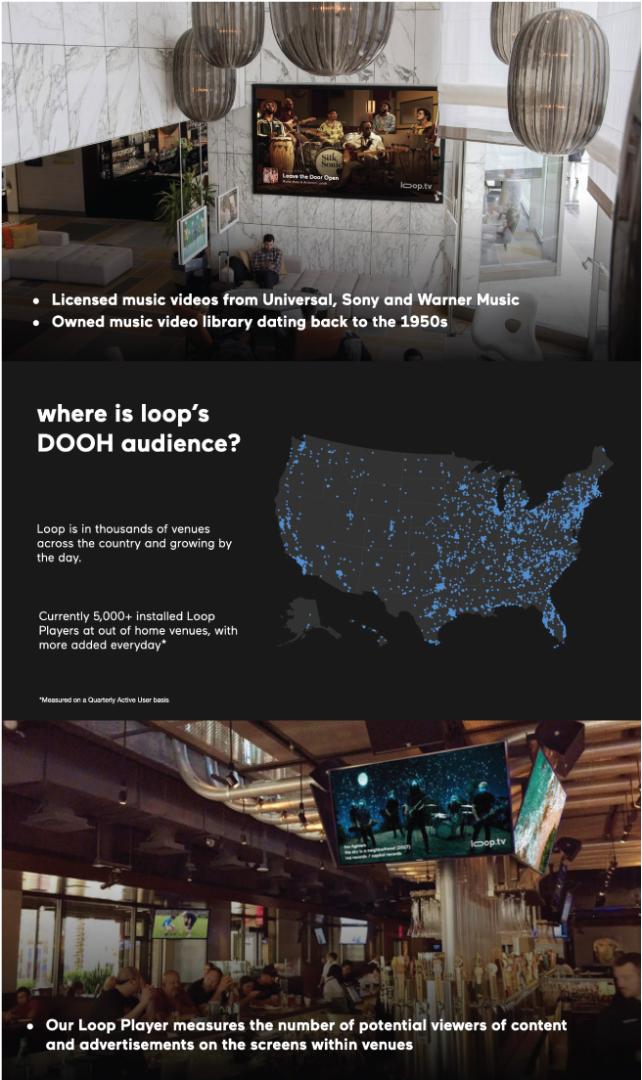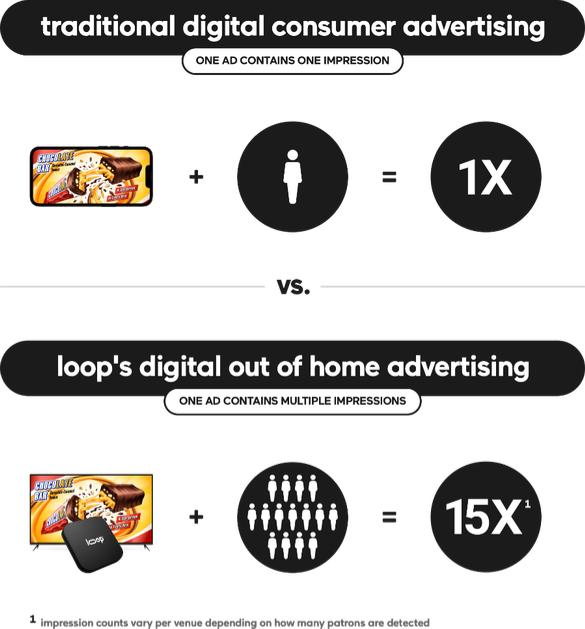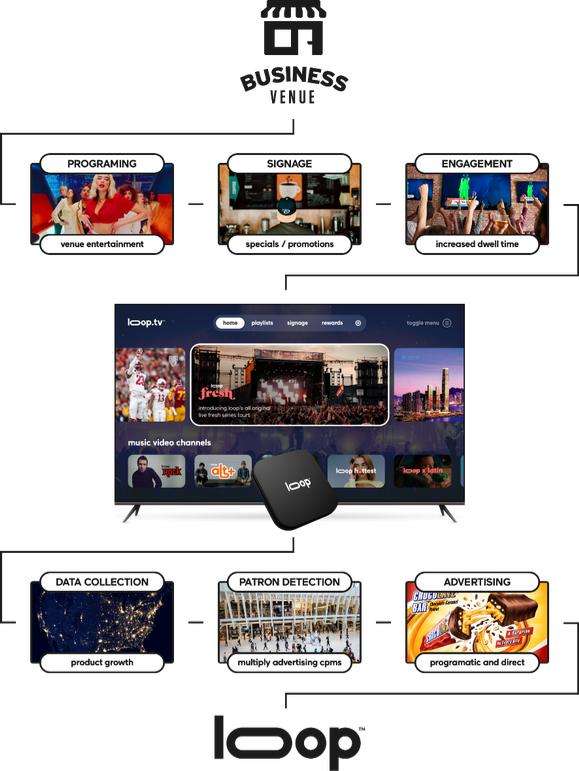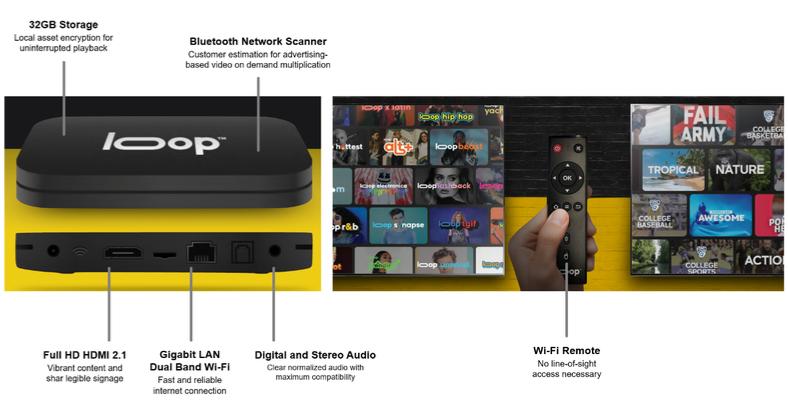The information in this preliminary prospectus is not complete and may be changed. We may not sell these securities until the
registration statement filed with the Securities and Exchange Commission is effective. This preliminary prospectus is not an
offer to sell these securities and it is not soliciting an offer to buy these securities in any state or other jurisdiction where the
offer or sale is not permitted.
PRELIMINARY PROSPECTUSSUBJECT TO COMPLETION DATED JANUARY 28, 2022
Shares of Common Stock
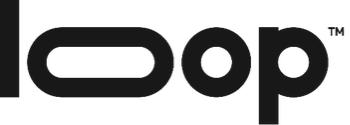
We are offering shares of our common stock pursuant to this prospectus. Our common stock is currently quoted on the Pink Open Market operated by OTC Markets Group Inc. (the “Pink Open Market”) under the symbol “LPTV.” The last reported sale price of our common stock on January 27, 2022, was $2.60 per share.
Currently, there is a very limited market for our common stock. We have applied to list our common stock on the Nasdaq Capital Market under the symbol “LPTV.” There is no assurance that our listing application will be approved by Nasdaq or, if successful, that an active trading market for our common stock will develop or be sustained. If we are unable to list our common stock on the Nasdaq Capital Market, we will not consummate this offering.
We are a “smaller reporting company” under applicable Securities and Exchange Commission rules and are subject to reduced public company reporting requirements for this prospectus and future filings.
Investing in our common stock involves a high degree of risk. See “Risk Factors” beginning on page 15 and elsewhere in this prospectus for a discussion of information that should be considered in connection with an investment in shares of our common stock.
Neither the Securities and Exchange Commission nor any state securities commission has approved or disapproved of these shares or determined whether this prospectus is truthful or complete. Any representation to the contrary is a criminal offense.
| Per Share |
| Total |
| |||
Public offering price | $ | $ | |||||
Underwriting discounts and commissions (1) | $ | $ | |||||
Proceeds, before expenses, to us | $ | $ | |||||
| (1) | Does not include additional compensation payable to the underwriter. We have agreed to reimburse the underwriter for certain expenses. In addition, we have agreed to issue warrants to the underwriter to purchase a number of shares of our common stock equal to 8% of the number of shares sold in this offering. We refer you to “Underwriting” for additional information regarding underwriting compensation. |
The offering is being underwritten on a firm commitment basis. We have granted the underwriter an option to buy up to an additional shares of common stock from us at the public offering price, less the underwriting discounts and commissions, to cover over-allotments. The underwriter may exercise this option at any time and from time to time during the 30-day period from the date of this prospectus.
The underwriter expects to deliver the shares of common stock to the purchasers on or about , 2022.
Roth Capital Partners
The date of this prospectus is , 2022
